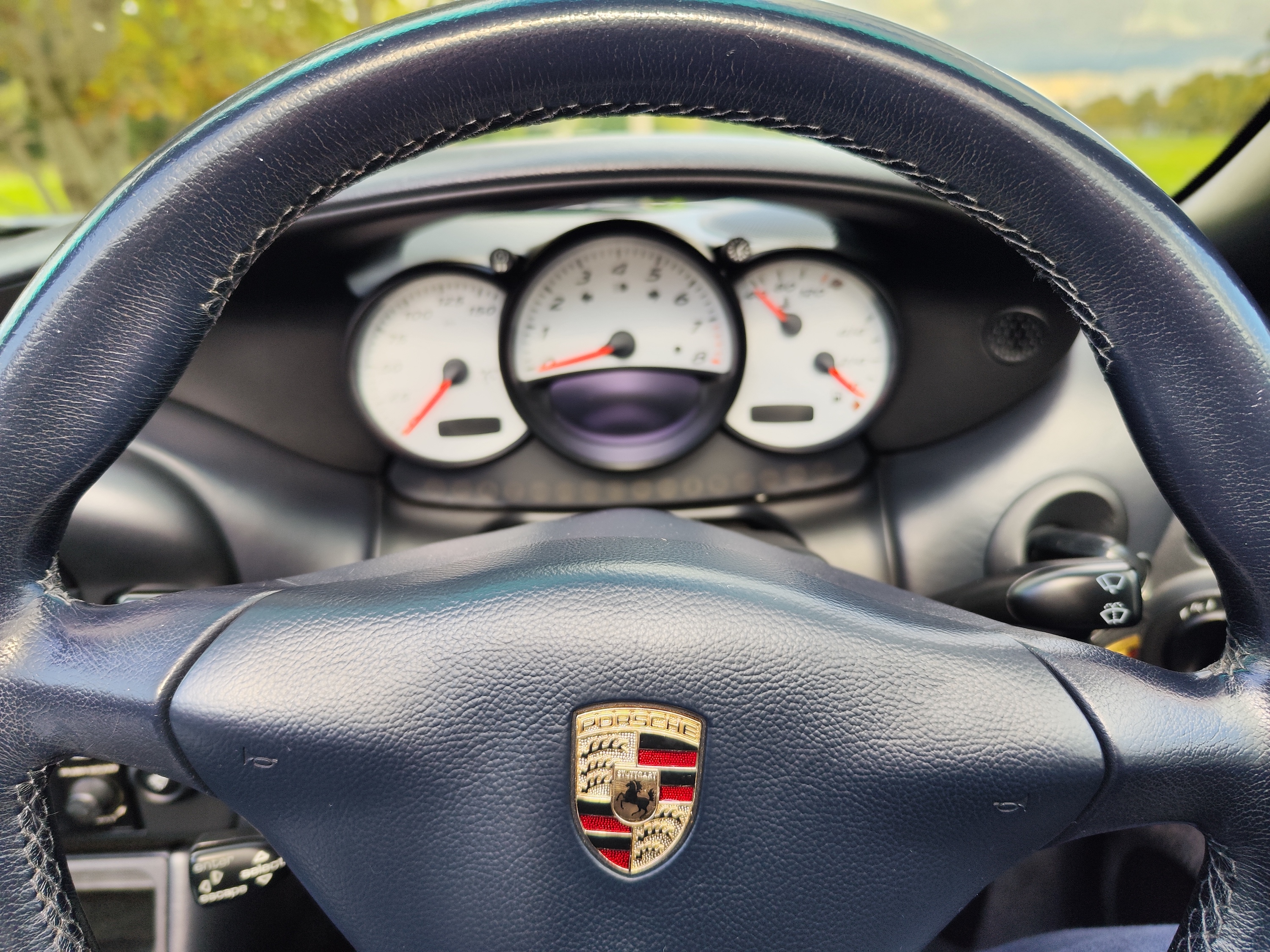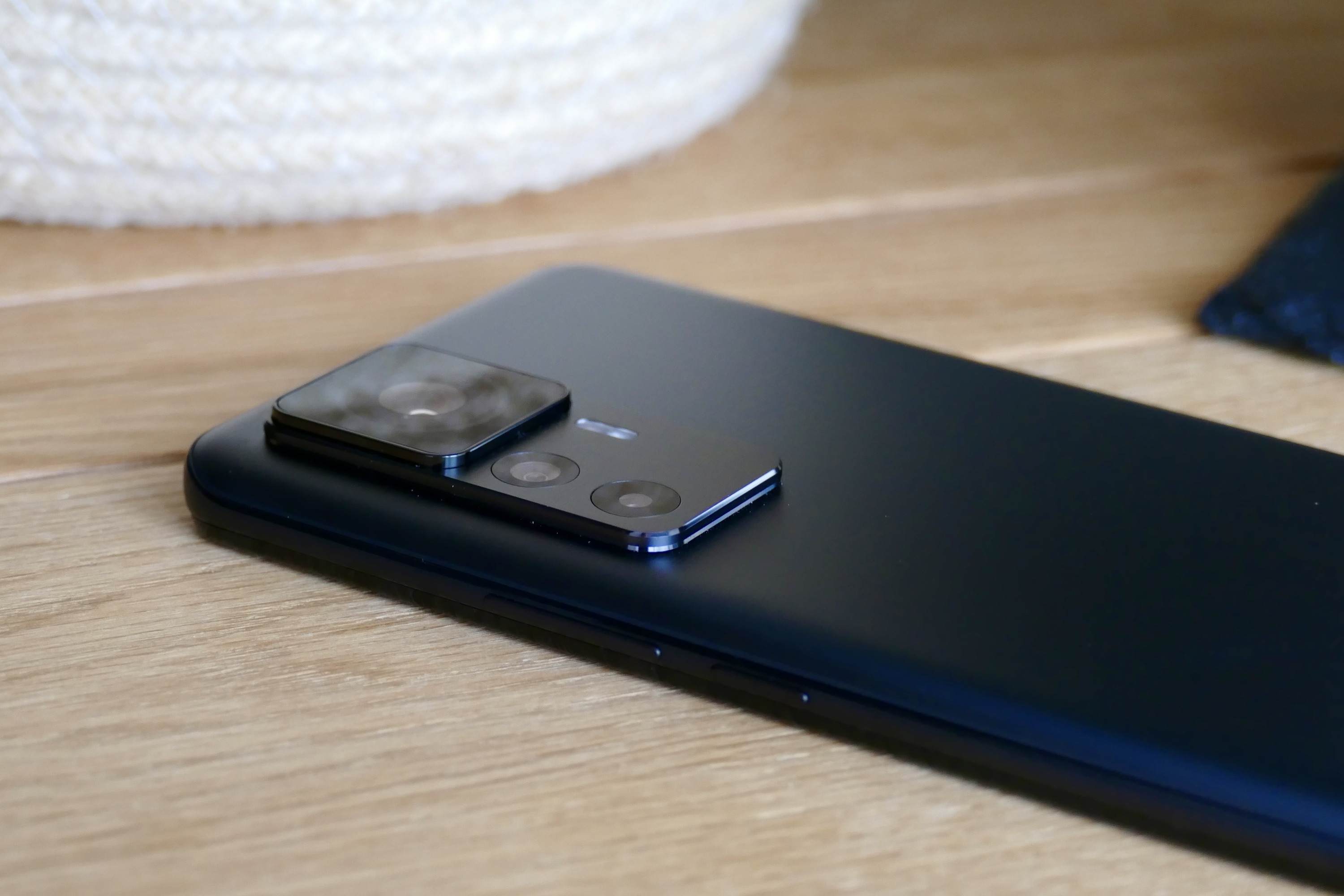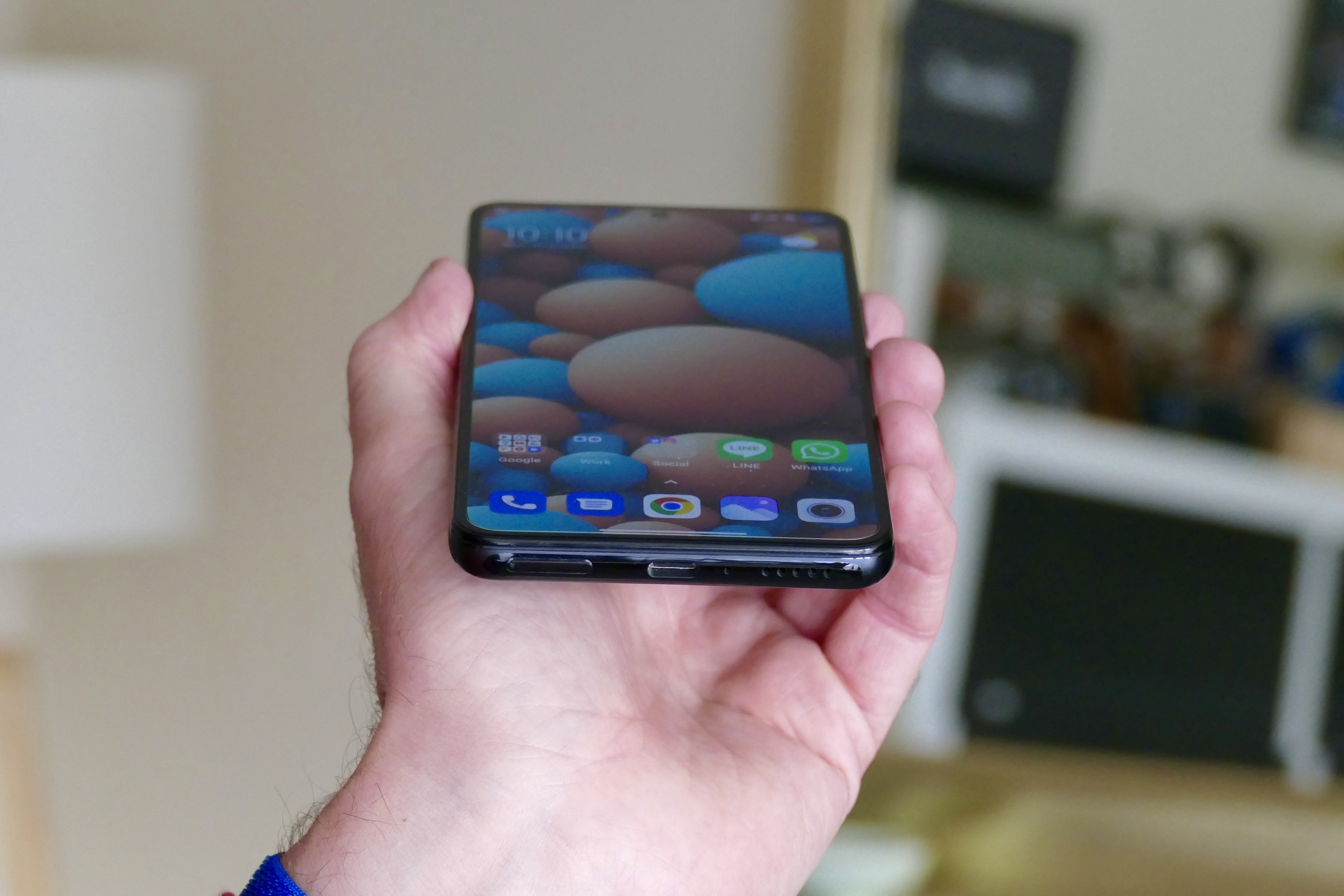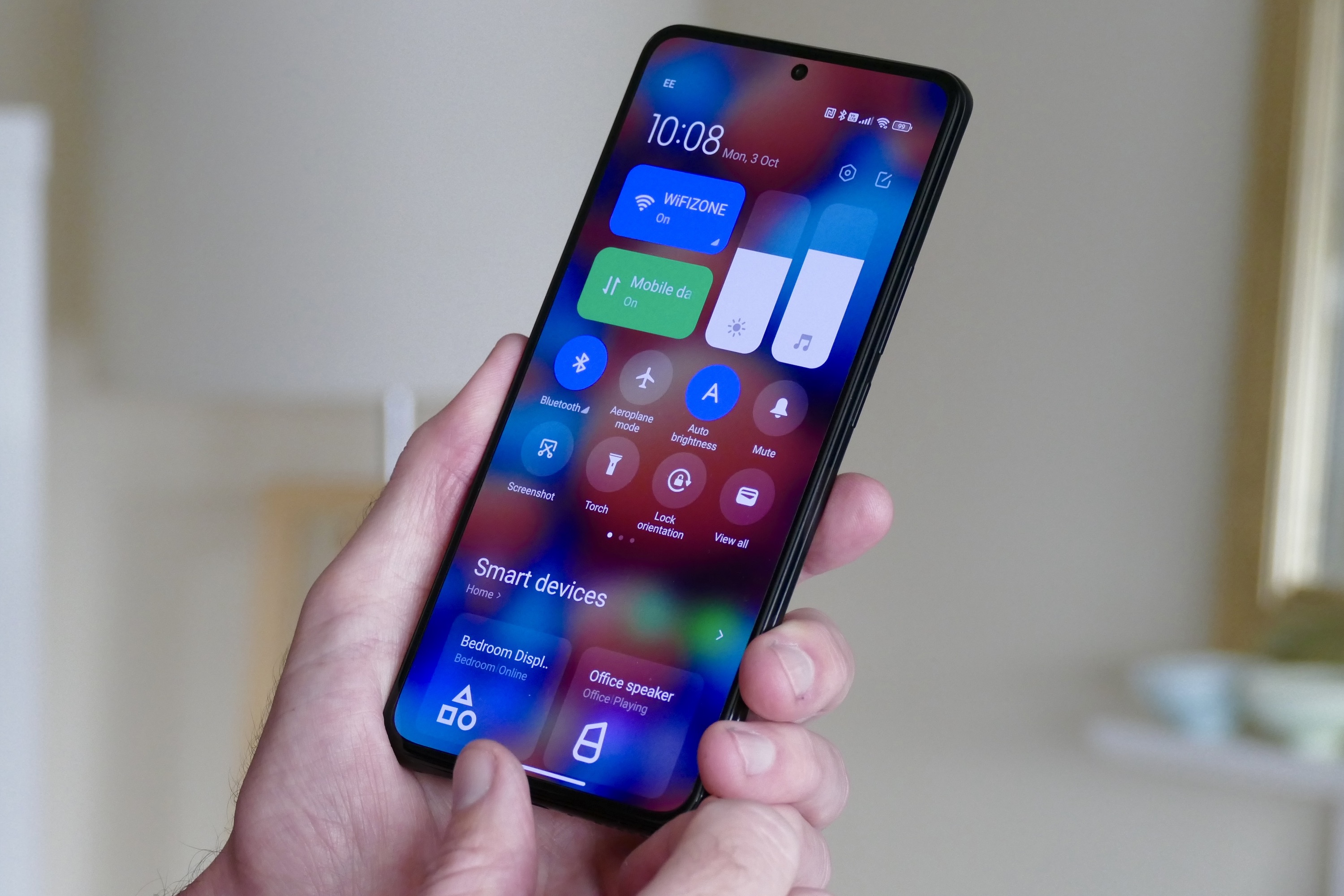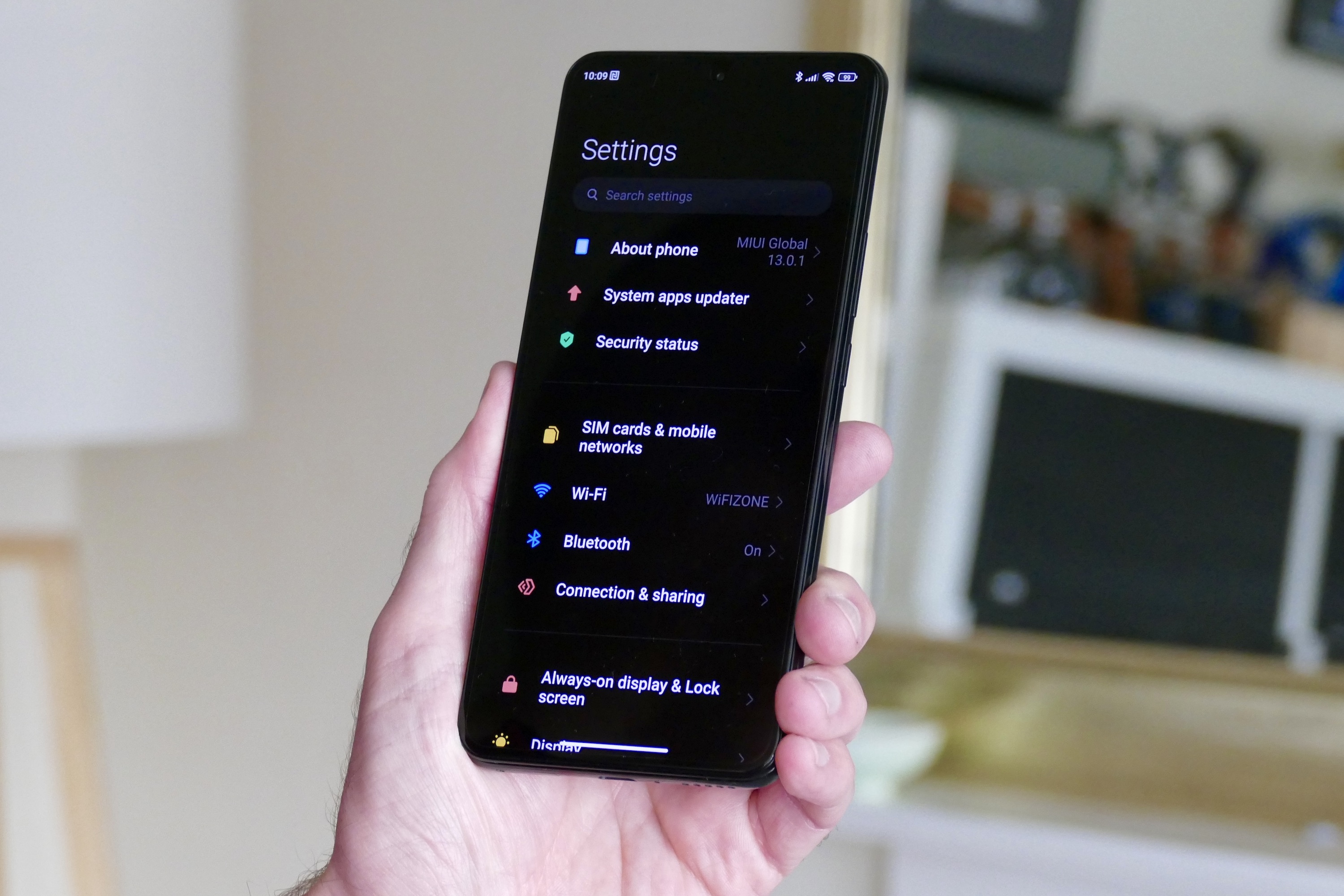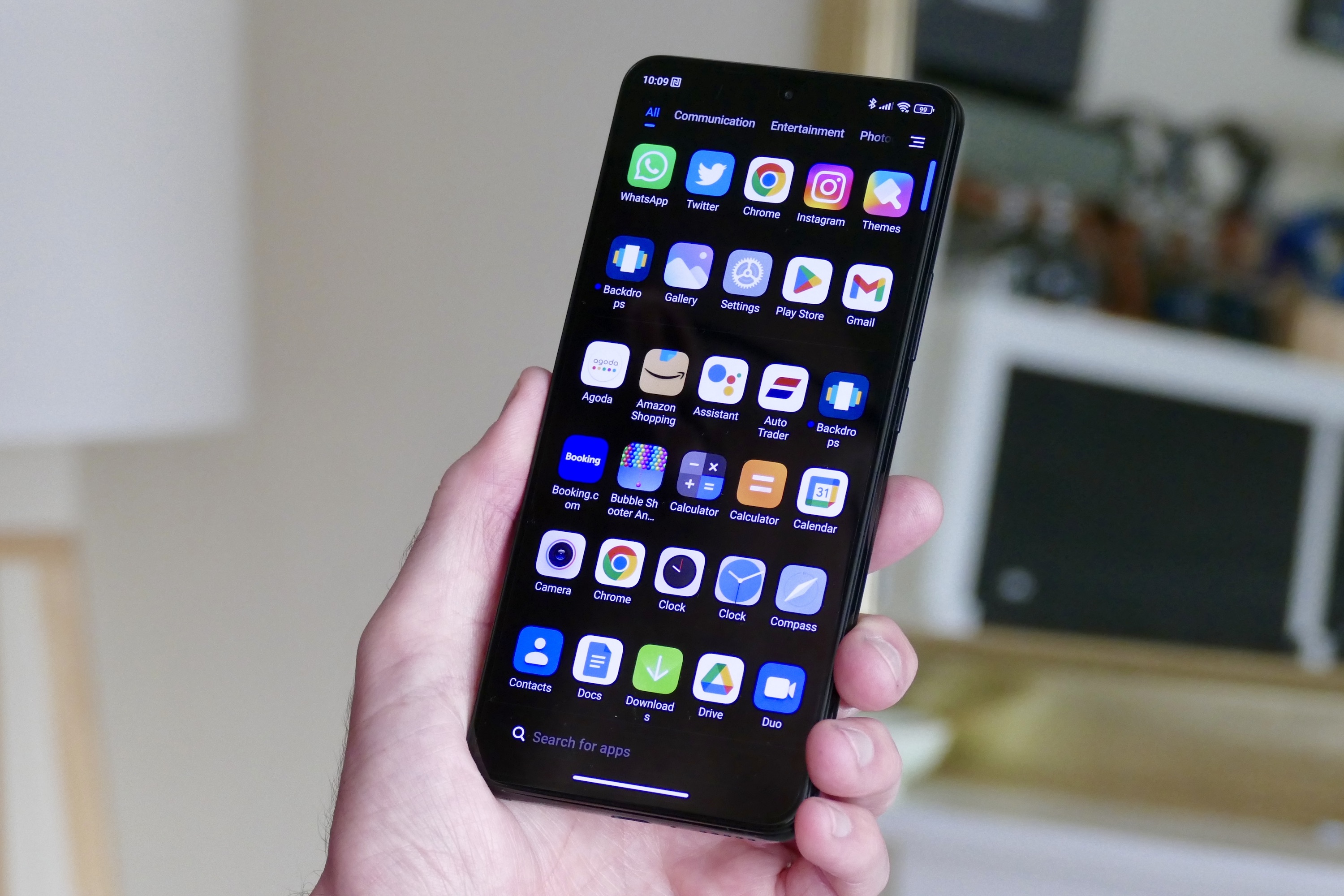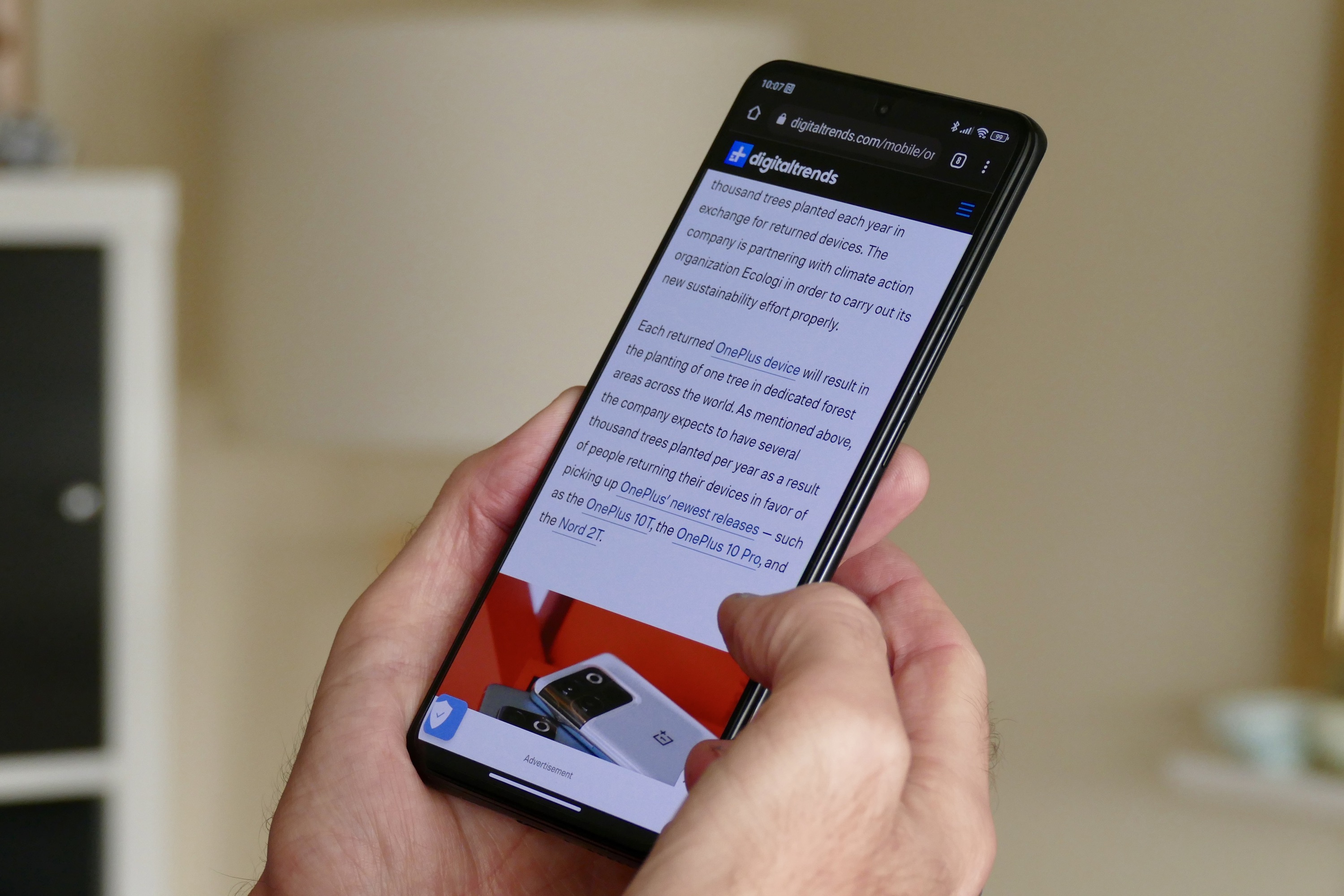There was a time when phones with 48-megapixel cameras sounded impressive, and when some of our favorite camera phones still “only” have 12 megapixels today. But for the new 12T Pro, Xiaomi has decided 12, 48, or even 108 megapixels isn’t the headline number it wants — and has therefore used Samsung’s ISOCELL HP1 200-megapixel camera instead.
Taking photos with a 200MP camera
Samsung announced the ISOCELL HP1 sensor in 2021, and the Xiaomi 12T Pro is the first phone to use it. There’s also plenty of speculation it may also be a major feature on the future Galaxy S23 smartphone range. Until now, we’ve only seen a massive photo of a cat teasing the camera’s ability, so what’s it like in real life?
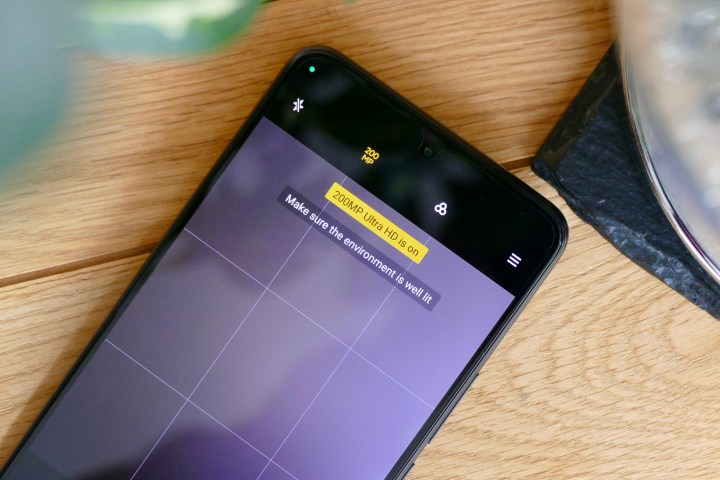
Before we talk about the photos, you need to know the size of the 200MP photos taken by the Xiaomi 12T Pro. Yes, it is possible to shoot in maximum resolution, but by default, the camera takes 12MP photos using 4-into-1 pixel binning technology. Beware, though — the 200MP mode photos are massive. We’re talking 16,384 pixels by 12,288 pixels and, on average, about 55MB each. Tap the shutter button, and there is a slight pause while the photo is processed, but it’s not all that different from using the regular camera mode. The 200MP photos I’ve taken have a lovely balance, with vibrant colors and great exposure, and are sometimes even better looking than the equivalent 12MP photos taken by the phone.
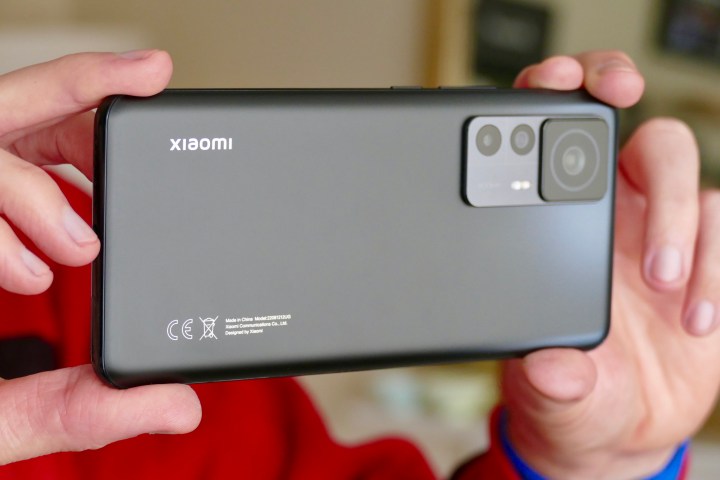
I like the main camera photos a lot, especially as the massive HP1 sensor returns an incredible depth of field, giving you a lot of potential for experimentation. The camera is good at focusing up close, too, so this ability isn’t wasted. You can see a gallery of full-resolution 200MP photos taken with the phone on Flickr here, while the photos below were all taken using the phone in its normal mode.
It’s not all good news, though. The portrait mode washes photos out with poor exposure, and the 8MP wide-angle lens feels like an afterthought and takes photos with high saturation but low detail, making it less tempting to use. The selfie camera isn’t very good either, and certainly nowhere near as effective at realistically capturing skin tone as the Samsung Galaxy Z Flip 4.
That said, the 200MP ISOCELL HP1 is showing plenty of promise. The vibrancy, the wonderful depth of field, and the versatility of the camera make it fun to take photos with, even if the resulting files are absolutely huge. It makes the Xiaomi 12T Pro an exciting phone, and only adds to the anticipation growing behind the Samsung Galaxy S23.
The Xiaomi 12T Pro
What about the rest of the Xiaomi 12T Pro? It has everything you would expect from a top-level Xiaomi phone, which is both a good and bad thing. The 200MP camera is definitely the standout feature, and while the other specifications tick all the right boxes, no one is going to be overly surprised by their inclusion.
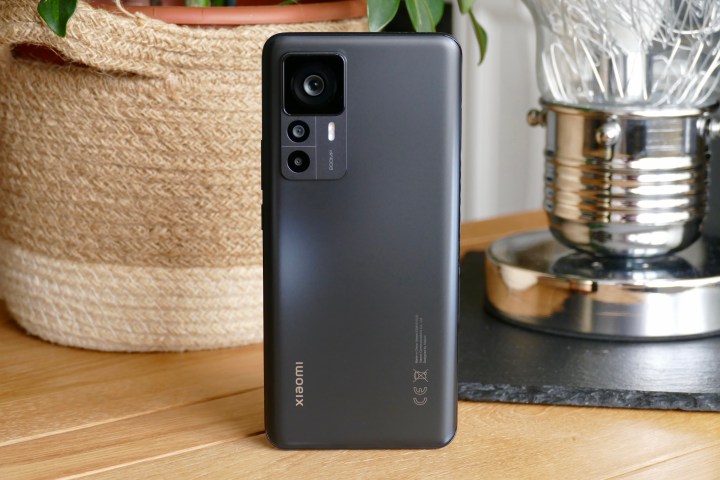
The 6.67-inch AMOLED screen has a 120Hz refresh rate and can switch between 30Hz, 60Hz, 90Hz, and 120Hz to better manage power resources. It also has a 2712 x 1220 pixel resolution, a 480Mhz touch sampling rate for fast responses, Dolby Vision, and HDR10+ certification. There’s a fingerprint sensor at the bottom of the screen, and face unlock using a 20MP selfie camera at the top. The fingerprint sensor is fickle, as the home screen appears to crash momentarily before suddenly unlocking the phone after a brief pause.
Inside is the Qualcomm Snapdragon 8+ Gen 1 and a choice of either 8GB or 12GB of RAM, with up to 256GB of storage space. I’ve been using the 8GB/256GB version, and it’s an absolute rocket, with the Snapdragon 8+ Gen 1 continuing to impress with its superb mix of high performance and high efficiency. A 5,000mAh battery powers the phone and comes with Xiaomi’s 120W HyperCharge fast charging technology for a 20-minute zero-to-100% recharge time.
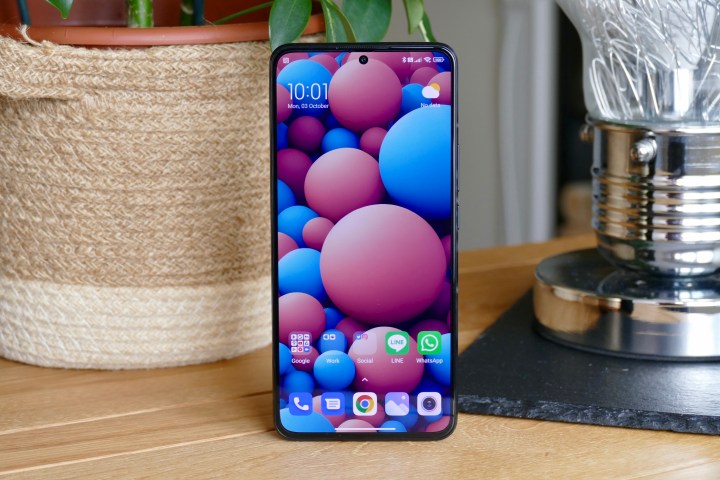
The large capacity cell and the Snapdragon chip’s great power management means there’s more than enough energy for two full days of use, and even with more than four hours of screen time in a day, the battery only just dipped under 50%. Xiaomi’s MIUI 13, which is based on Android 12, is a mixed bag. It’s not always reliable, with notifications being particularly sporadic and in a frustrating way. For days they will be fine, and then not show up at all.
It’s also stuffed with pre-installed apps, and the menu system can be confusing and geared toward encouraging you to spend money. It should not take multiple button presses and finding a practically hidden menu just to change the wallpaper to one of your own images, rather than one from Xiaomi’s premium store, for example.
What else? There’s 5G and Wi-Fi 6, stereo speakers tuned by Harman Kardon, and NFC for mobile payments. The phone is 8.6mm thick and 205 grams, but you don’t get any degree of water resistance, and the design is pedestrian at best. It’s also not all that different from the Xiaomi 12 Pro, released near the beginning of the year, plus the switch from a curved screen to a flat screen is unfortunate. The update brings the new Snapdragon processor and 200MP camera, plus an even larger capacity battery, so it’s a meaningful change internally.
Price and availability
Xiaomi has not provided price and availability details for the Xiaomi 12T Pro at the time of writing. We will update here when they are provided, but don’t expect it to be available in the U.S. — and anyone keen will have to import it. It’s likely the phone will be available in Europe and potentially the U.K., and to have a starting price of around $1,000 which would match the Xiaomi 12 Pro.




